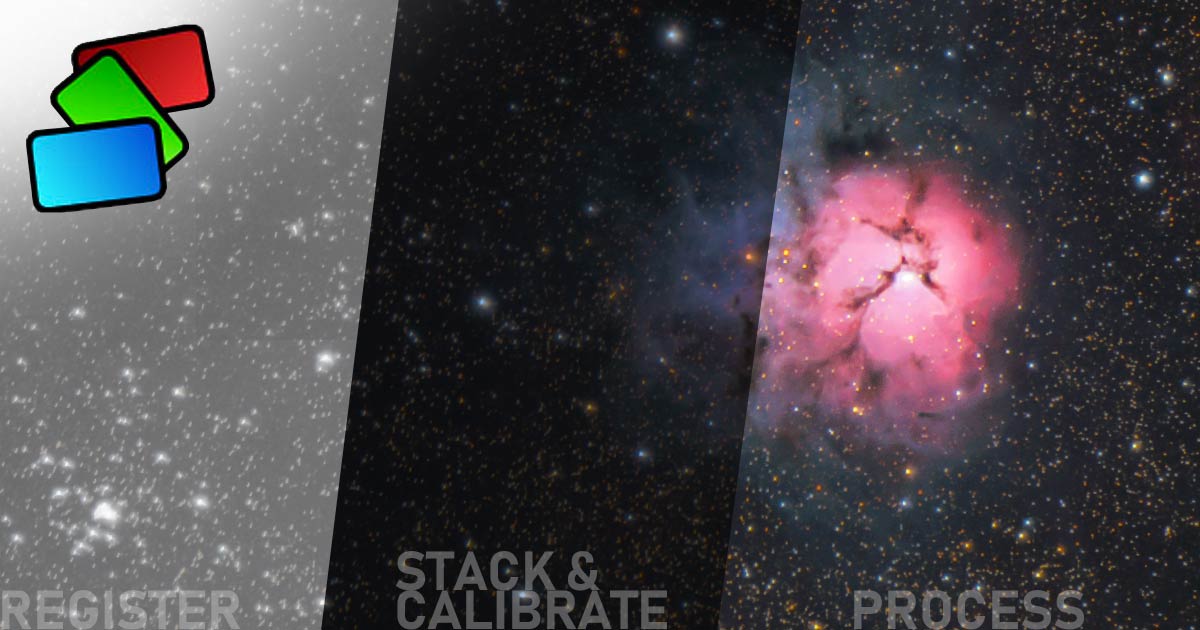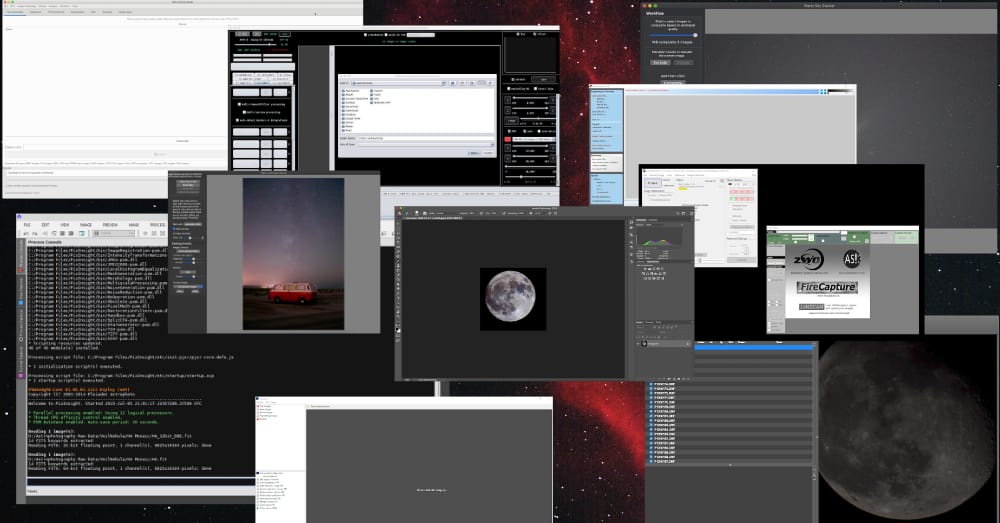

- BEST ASTROPHOTOGRAPHY IMAGE STACKING SOFTWARE FULL
- BEST ASTROPHOTOGRAPHY IMAGE STACKING SOFTWARE SOFTWARE
- BEST ASTROPHOTOGRAPHY IMAGE STACKING SOFTWARE PROFESSIONAL
It can also control your telescope filter wheel, motorized focuser, and much more. It allows you to automate your astrophotography session by setting a sequence of exposures.
BEST ASTROPHOTOGRAPHY IMAGE STACKING SOFTWARE SOFTWARE
If it is something that can provide value to your processing workflow by saving you time, or help you produce better results, then it is well worth the money.įor example, the “ Astro Photography Tool” image acquisition software can help you maximize your imaging time on a clear night. Some of these programs are free, most are not.īefore spending your hard-earned money on software for astrophotography, it is best to research the product. I have listed many of the software applications I use on a daily basis for capturing and processing deep-sky astrophotography images. It is important to maximize your time under the stars and make sure that you give yourself the best chance of successful results. The right software and tools can save you from unnecessary headaches, and help you enjoy the art of astrophotography on new levels. Here is the image, which you could then combine with the star trails from the previous one.Astrophotography resources include software, plugins, websites and generally great information that can take your skills to the next level. Im /= len(files) * 0.25 # lowered brightness, with magic factorįinal_image = omarray(np.uint8(im.clip(0,255)))įinal_image.save('all_averaged.jpg', 'JPEG') Im += np.array(currentimage, dtype=np.float32) I used a numpy array for the intermediate storage instead of the uint8 Image array. Here is a better implementation of the averaging you tried, with proper weighting. from PIL import ImageChopsįinalimage=ImageChops.lighter(finalimage, currentimage)ĮDIT: I read the Reddit post and see that he actually combined two approaches - one for the star trails and a different one for the Earth. If you have PIL you can try the lighter function in ImageChops.

Instead of blending the images you can try taking the maximum seen in any image for each pixel. If you average those, you will get: 0.25 0 0 0 This may seem sensible but it is actually not what you want at all - the bright stars will get "averaged away" because they move accross the image. The problem here is that you are averaging the brightness at each pixel. (I also tried making the images "less dark" by multiplying it before combining them with im.point(lambda i: i * 2) but results were just as bad) So, I tried to fix it by setting the image mode: firstimage=Image.open("./"+files)īut apparently Image.blend does not accept that image mode.
BEST ASTROPHOTOGRAPHY IMAGE STACKING SOFTWARE FULL
Or one I was trying with the full 4k by 2k resolution (from another set of photos): Here's the final result using low resolution images: (I'm not sure what the proper term here is, color depth, color precision, pixel size). This does what it's supposed to but the resulting image is dark, and if I simply try to enhance it, it's evident that information was lost due lack of depth in pixel's values. Print "\r" + str(i+1) + "/" + str(len(files)) #lousy progress indicator Here's what I have so far: #program to blend many images into oneįinalimage=Image.open("./"+files) #add the first imageįor i in range(1,len(files)): #note that this will skip files but go all the way to the last fileįinalimage=Image.blend(finalimage,currentimage,1/float(i+1))#alpha is 1/i+1 so when the image is a combination of i images any adition only contributes 1/i+1.
BEST ASTROPHOTOGRAPHY IMAGE STACKING SOFTWARE PROFESSIONAL
I'm fairly new to python (and I'm no professional programmer, that'll be evident), but looking around it appears to me the Python Imaging Library is very standard, so I decided to use it (correct me if you think something else would be better).

This done some hundreds of times and properly weighing it so that every image has the same contribution to the final result. My algorithm's idea is simple, merging two images at a time, and then iterating by merging the resulting image with the next image. I imagined I could easily reproduce this process but with a more memory-conscious approach with Python, so I could use the original high-resolution images for a better output. The original author used low resolution video frames taken with VirtualDub and combined with imageJ. I wanted to reproduce this a trailing stars image from a timelapse set of pictures. I thought this was going to be easier but after a while I'm finally giving up on this, at least for a couple of hours.


 0 kommentar(er)
0 kommentar(er)
